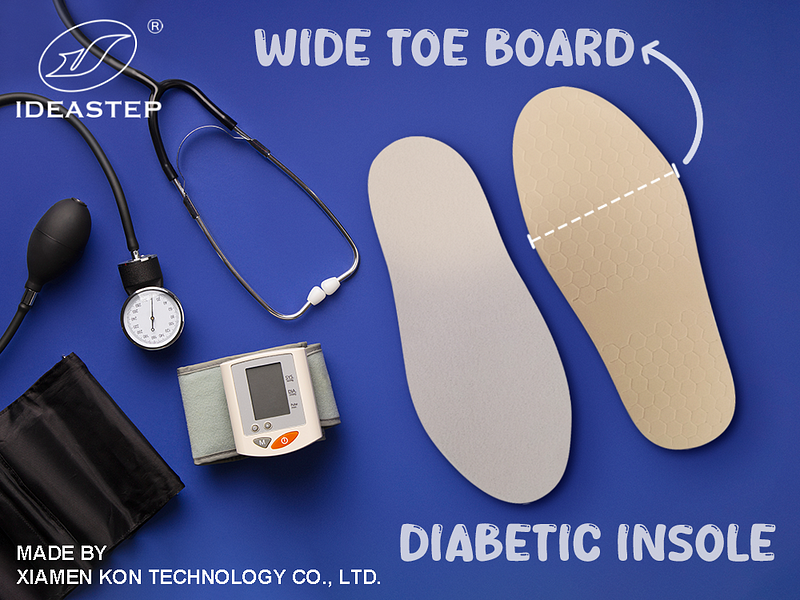
Introduction
Diabetic insoles play a crucial role in providing comfort and support for individuals managing diabetes. Proper care and maintenance of these insoles not only extend their lifespan but also ensure optimal foot health. This article aims to guide you through the steps of cleaning and maintaining your diabetic insoles effectively.
Cleaning Your Diabetic Insoles
Proper cleaning is essential to remove dirt, bacteria, and odor from your diabetic insoles. Here’s how to do it:
- Remove the Insoles: Take out the diabetic insoles from your shoes before cleaning.
- Hand Wash: Use a mild soap or detergent and lukewarm water to gently scrub the insoles.
- Avoid Harsh Chemicals: Do not use harsh chemicals or bleach, as they can damage the materials and irritate your skin.
- Air Dry: Allow the insoles to air dry completely before placing them back into your shoes. Avoid direct sunlight or heat sources that could warp or shrink the materials.

Maintaining Your Diabetic Insoles
Regular maintenance helps preserve the quality and effectiveness of your diabetic insoles:
- Inspect Regularly: Check your insoles for signs of wear and tear, such as thinning or cracking.
- Rotate Usage: Consider having multiple pairs of diabetic insoles to rotate usage, allowing them to air out and prolonging their lifespan.
- Store Properly: Keep your diabetic insoles in a cool, dry place when not in use to prevent mold and mildew growth.
Summary
Properly cleaning and maintaining your diabetic insoles is essential for prolonging their lifespan and ensuring they continue to provide comfort and support. Regular inspection, gentle cleaning methods, and proper storage are key to keeping your insoles in optimal condition.

FAQ (Frequently Asked Questions)
Q: Can I machine wash diabetic insoles?
A: It is generally not recommended to machine wash diabetic insoles, as this can damage the materials. Hand washing with mild soap and water is preferable.
Q: How often should diabetic insoles be replaced?
A: Diabetic insoles should be replaced periodically, typically every 6 to 12 months, depending on usage and wear.
Q: What should I do if my diabetic insoles develop an odor?
A: To address odor, sprinkle baking soda on the insoles and let it sit overnight. Shake off the excess powder and air out the insoles before use.
Conclusion
Proper care and maintenance of diabetic insoles are crucial for maximizing their effectiveness and lifespan. By following the tips outlined in this article, you can ensure your diabetic insoles continue to provide the comfort and support you need for managing diabetes-related foot issues. Remember to inspect, clean gently, and store properly to keep your insoles in top condition. For more personalized advice, consider consulting Ideastep or a healthcare professional specializing in diabetic foot care.
